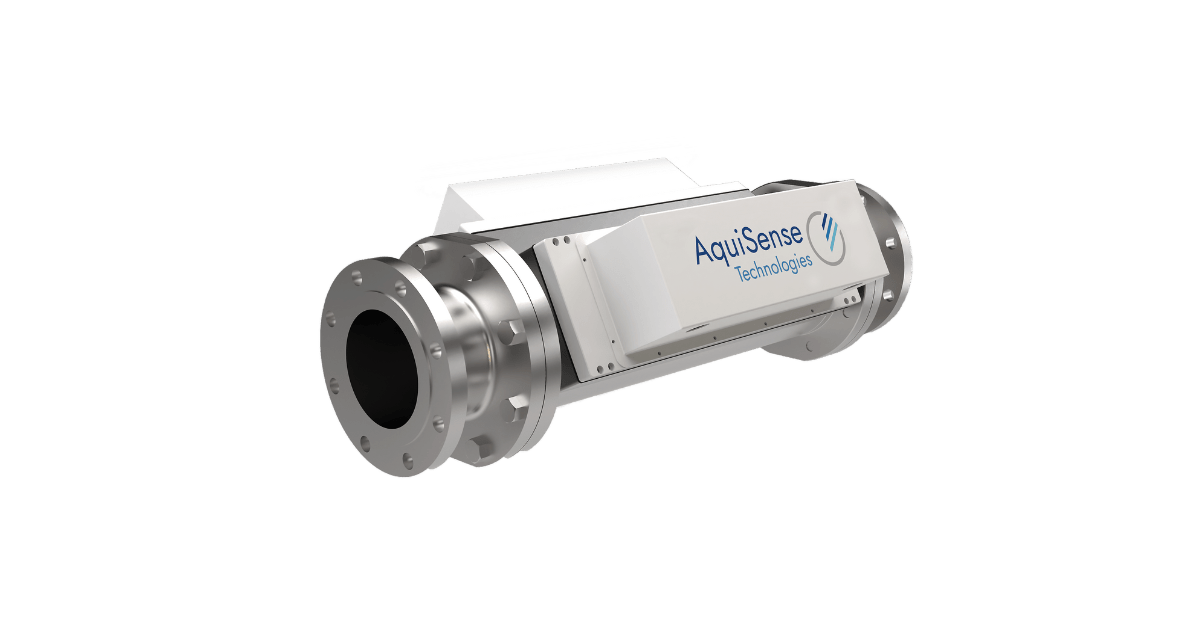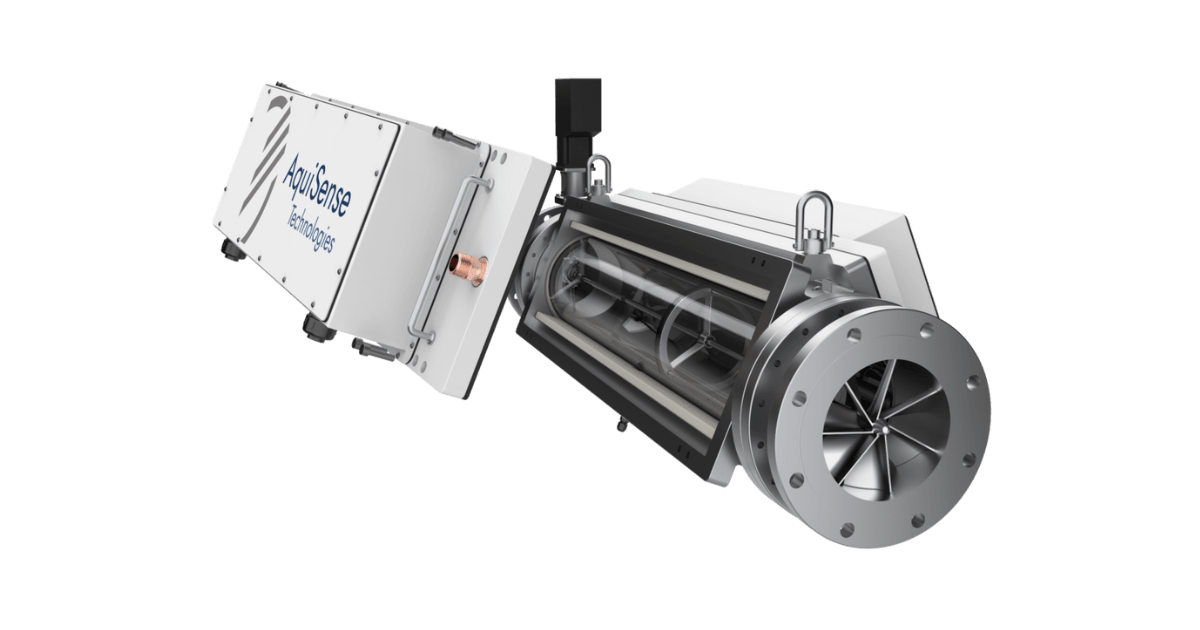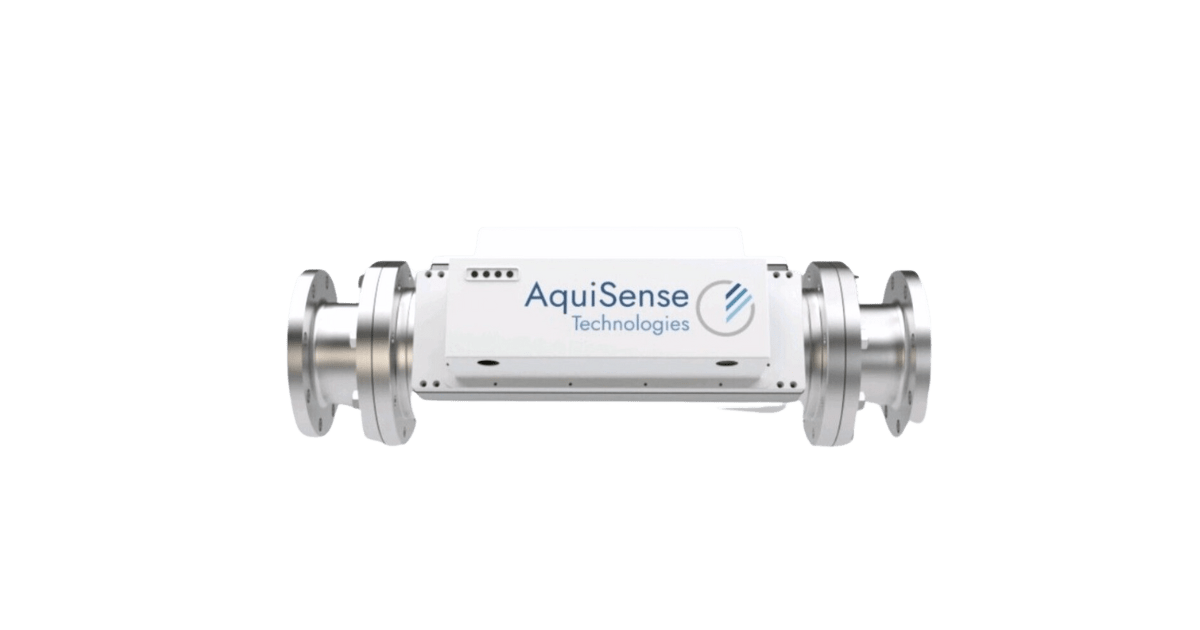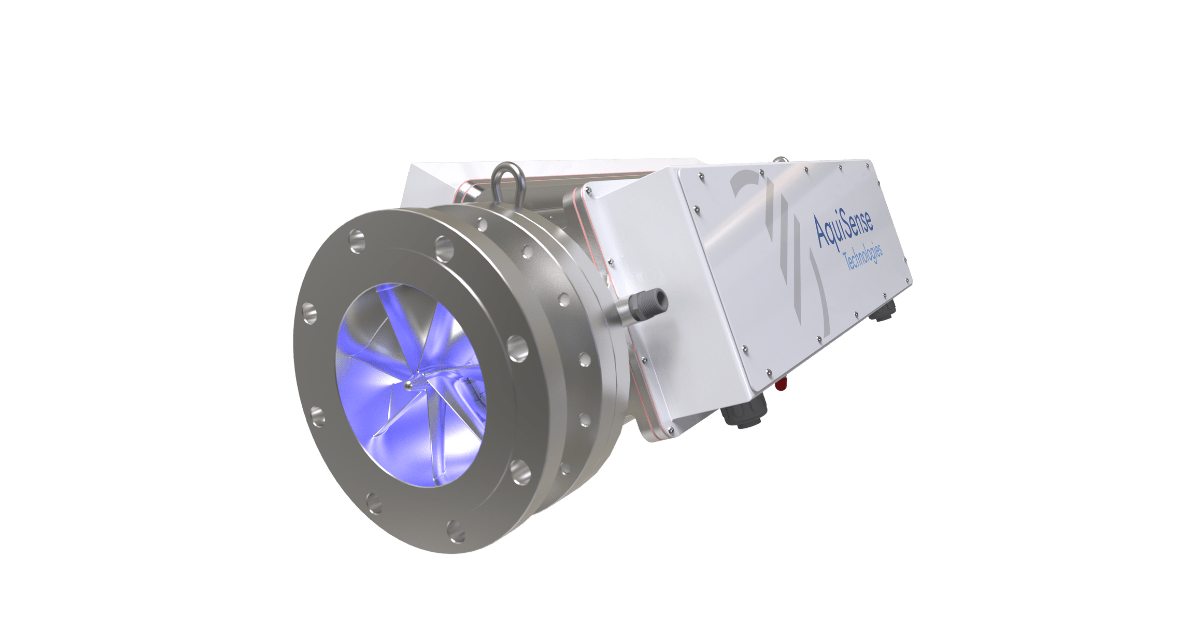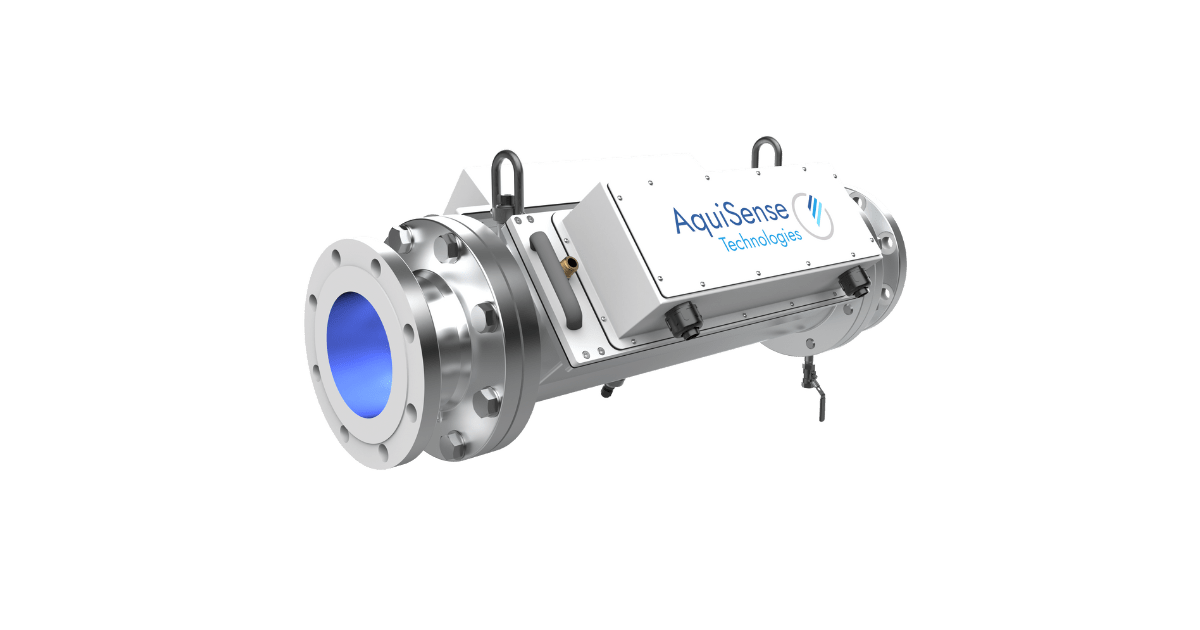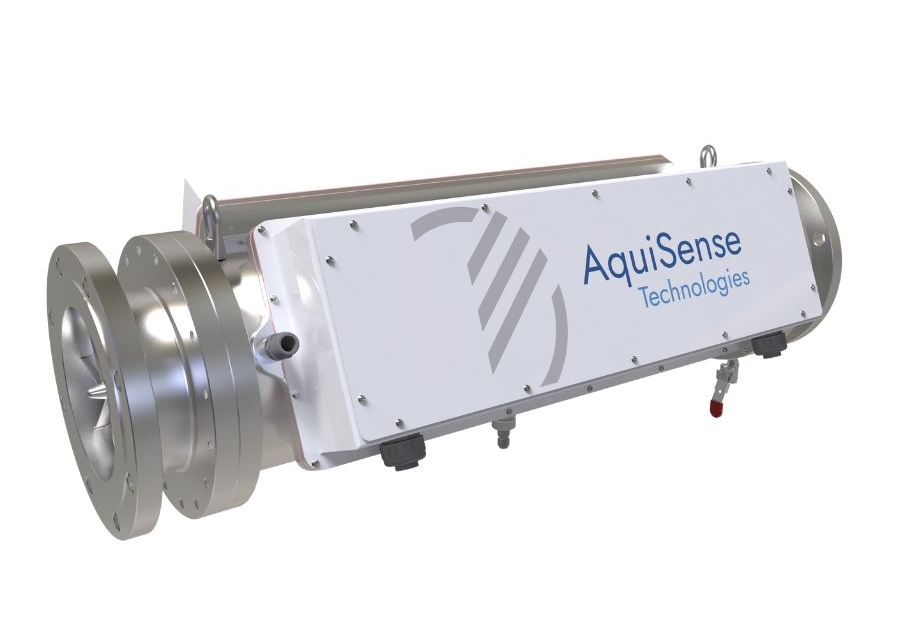PearlAqua Tera™ & Kilo™
The wait is over!
Municipal UV Water Treatment without Mercury
After years of meticulous research and development, AquiSense Technologies is thrilled to announce the PearlAqua Kilo and Tera UV-C LED platforms are now U.S. EPA certified!
Specifically engineered for municipal, commercial, and industrial water disinfection, these groundbreaking mercury-free systems are setting a new standard in water treatment technology.
The wait is over!
Municipal UV Water Treatment without Mercury
After years of meticulous research and development, AquiSense Technologies is thrilled to announce the PearlAqua Kilo and Tera UV-C LED platforms are now U.S. EPA certified!
Specifically engineered for municipal, commercial, and industrial water disinfection, these groundbreaking mercury-free systems are setting a new standard in water treatment technology.
Don’t miss this opportunity to be among the first organisations in Australia to implement these game-changing water treatment systems!
Large-scale Municipal Industrial Commercial UV Water Treatment
PearlAqua Kilo
Industrial UV Water Treatment
4″ or 6″ flange sizes
1 or 2 LED lamp arrays
11 to 230 m3/h flow rate
316 stainless steel reactor
PearlAqua Tera
Municipal UV Water Treatment
8″ – 20″ flange sizes
1, 2 or 3 LED lamp arrays
Up to 950 m3/h flow rate
316 stainless steel reactor



